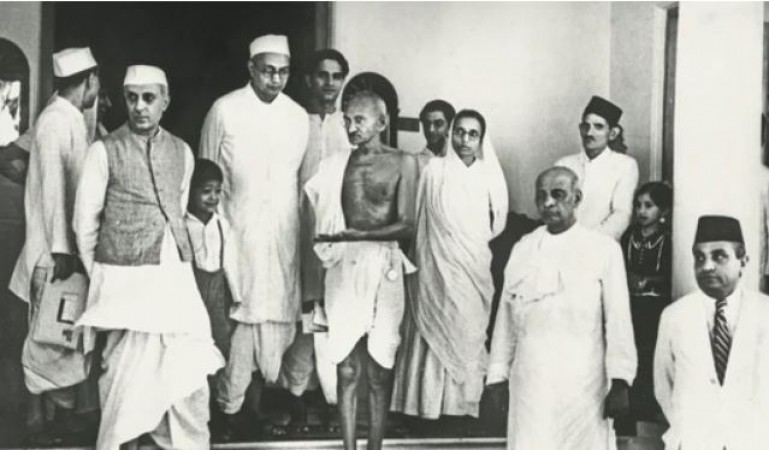
As Independence Day 2023 approaches, it beckons us to reflect upon the diverse strategies that were employed to secure India's liberation from British colonial rule. The two prominent approaches—the revolutionary struggle waged by valiant freedom fighters and the eventual Transfer of Power negotiated through diplomatic channels—are two sides of the same coin. This article delves into the merits and complexities of each path, considering whether the methods of the revolutionaries to wrest freedom from the British were superior to the process of achieving freedom through the Transfer of Power.
The Revolutionary Spirit:
The revolutionary path to freedom was marked by boldness, audacity, and the willingness to confront colonial oppression head-on. Visionaries like Bhagat Singh, Subhash Chandra Bose, and Chandrashekhar Azad spearheaded militant activities, sacrificing personal comfort and even their lives for the cause. Acts of defiance, armed resistance, and protests challenged the British establishment, igniting the spirit of national pride among the masses.
Strengths of the Revolutionary Approach:
The revolutionary struggle embodied a tangible and immediate confrontation with British rule. It energized the masses, inspiring unity and mobilization against oppression. The daring acts of revolutionaries left an indelible mark on the collective psyche, serving as a reminder of the lengths one can go to secure freedom. This path also signaled to the world that India was no longer a passive subjugate but a nation willing to fight for its autonomy.
The Transfer of Power:
The Transfer of Power, culminating in India's independence in 1947, followed a diplomatic trajectory. It entailed negotiations, dialogues, and agreements between Indian leaders and the British government. The process, though protracted and complex, aimed to ensure a peaceful transition of authority and stability in the aftermath of colonial departure.
Strengths of the Transfer of Power Approach:
The diplomatic approach prioritized the preservation of societal harmony and minimization of potential violence. Negotiations allowed for structured deliberations, and India's leaders leveraged the global stage to advocate for autonomy. This method also facilitated the building of international support, aligning with evolving global attitudes towards decolonization.
The Blend of Strategies:
While the revolutionary and diplomatic paths differed, they were not mutually exclusive. The revolutionary activities often heightened international awareness, pressuring the British government to engage in discussions. Leaders like Mahatma Gandhi skillfully employed nonviolent resistance, complementing the efforts of the revolutionaries and consolidating a multi-faceted approach to the freedom struggle.
As we celebrate Independence Day 2023, it is crucial to recognize that the valor of the revolutionaries and the diplomacy of the Transfer of Power were both essential threads in the fabric of India's journey to freedom. The question of whether one approach was better than the other is nuanced and subjective. Each approach had its strengths and limitations, shaped by the historical context and the evolving dynamics of the time. Ultimately, India's path to liberation was a mosaic of courage, sacrifice, strategic ingenuity, and diplomatic finesse—a testament to the collective resolve of a nation steadfast in its pursuit of autonomy.
Unraveling the Legacy: Azad Hind Government's Recognition and the Quest for Freedom
Bhagat Singh's Vision for Today's India: Reflecting on Independence Day 2023
Unraveling the Enigma: Pakistan's Independence Day Debate